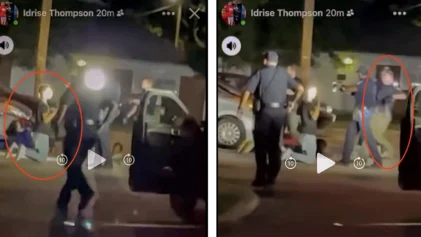As China began its complicated once-a-decade process of selecting new leaders of the Communist Party, the leaders were reminded of the desperation in parts of the empire with two more self-immolations by Tibetans protesting China’s longtime occupation of Tibet.
The 18th Party Congress in Beijing is a public show to announce the decisions that have been made as a result of negotiations that have been going on behind the scenes for years. The 82-million member Communist Party has thousands of delegates and regional and mid-level bureaucrats who participate in the mostly hidden process of deciding who will lead the party over the next five years.
The congress takes place over seven days, during which the party’s Central Committee is selected. The last committee had 370 members, a ruling coalition made up of some of the party’s most powerful leaders. Vice President Xi Jinping is expected to replace President Hu Jintao as party general secretary. Jinping’s father was a patriarch of the revolution, giving him considerable honor and prestige—though in 1997 he barely made it into the committee in what was seen as a vote against nepotism.
According to the Hindustan Times, the rank-and-file delegates have been told to “maintain unity” with the leadership.
Though China experts don’t expect the leadership to make any public statements about the self-immolations in Tibet, they say the leadership is surely speaking about it internally, trying to figure out how to stop the embarrassing spectacles.
There have been 6 self-immolations in the past two days and at least 69 since February of 2009. In 54 cases, the protesters have died—many of them teenagers.
“This is because there is no freedom in Tibet and they are shouting for the freedom of Tibet and also for the return of his holiness, the Dalai Lama, back to his homeland,” said Lamsa.
London-based Free Tibet Director Stephanie Brigden agreed, saying the protests were clearly aimed “at sending the next generation of China’s unelected regime a clear signal that Tibetans will continue to fight for their freedom despite China’s efforts to suppress and intimidate them.”


